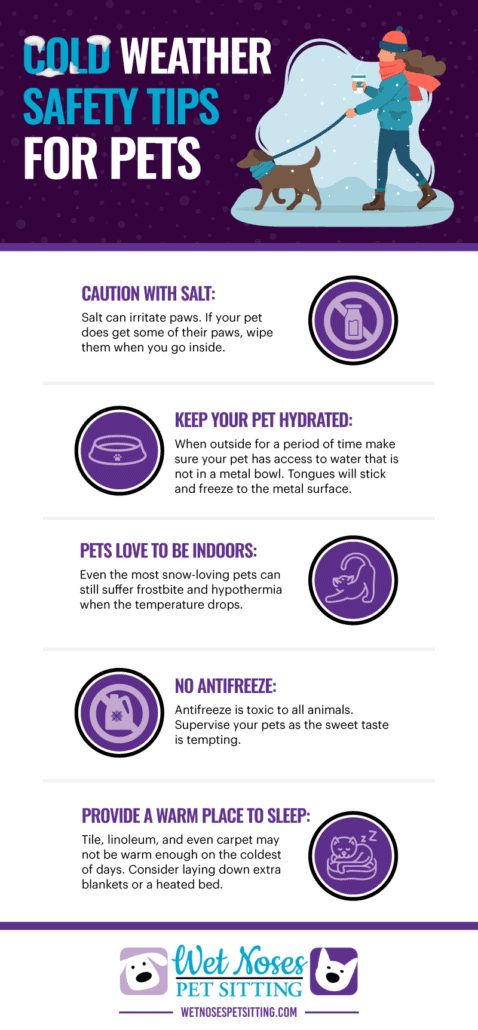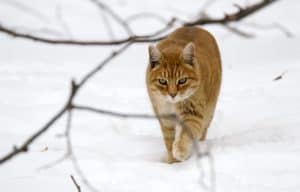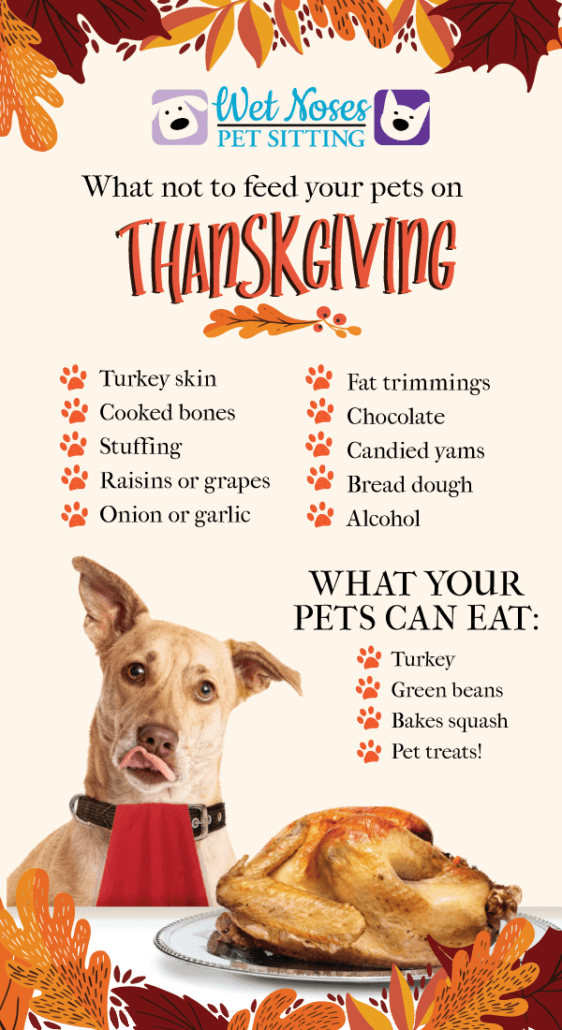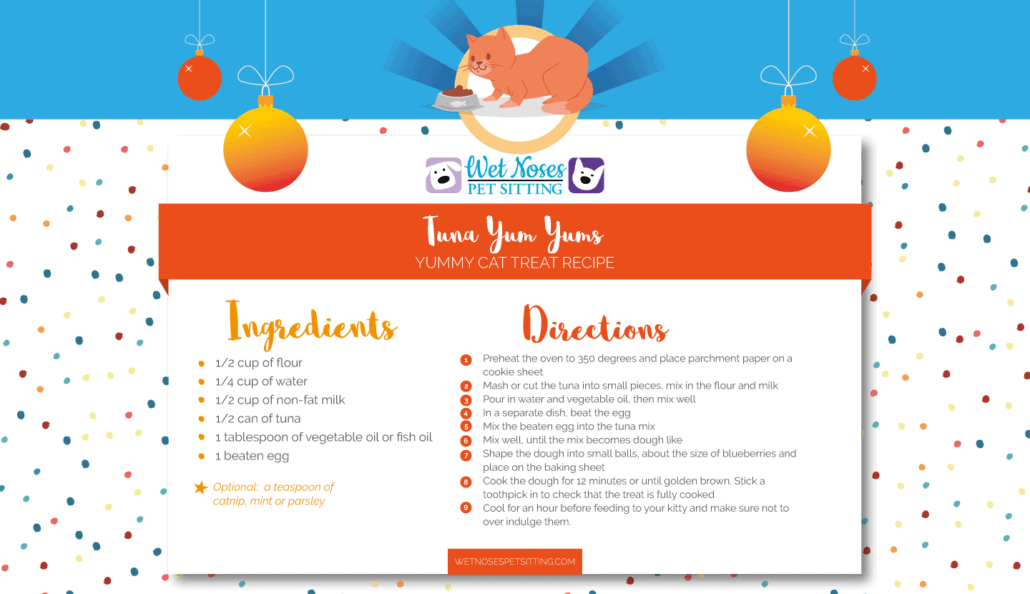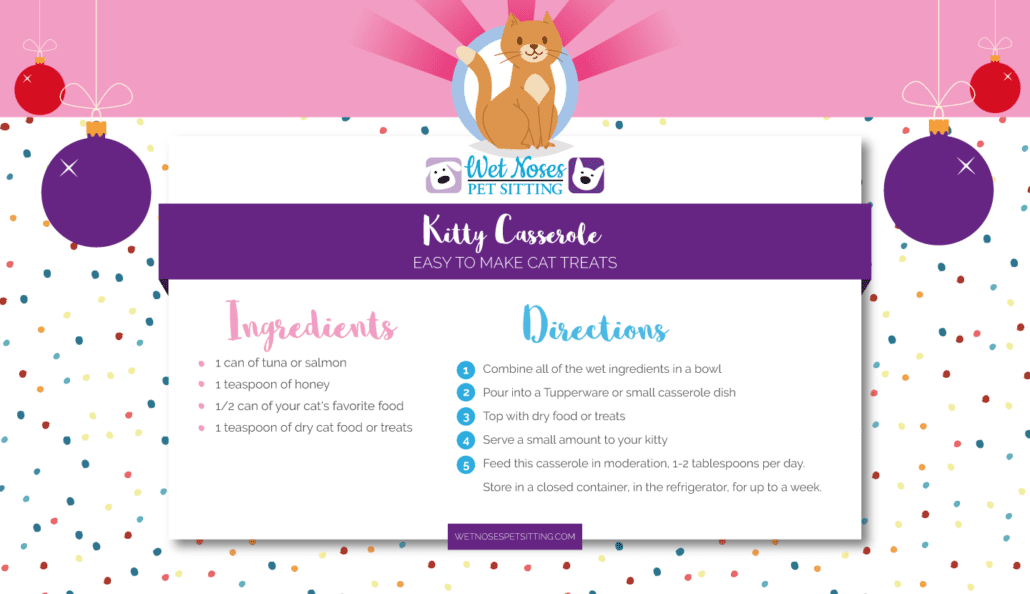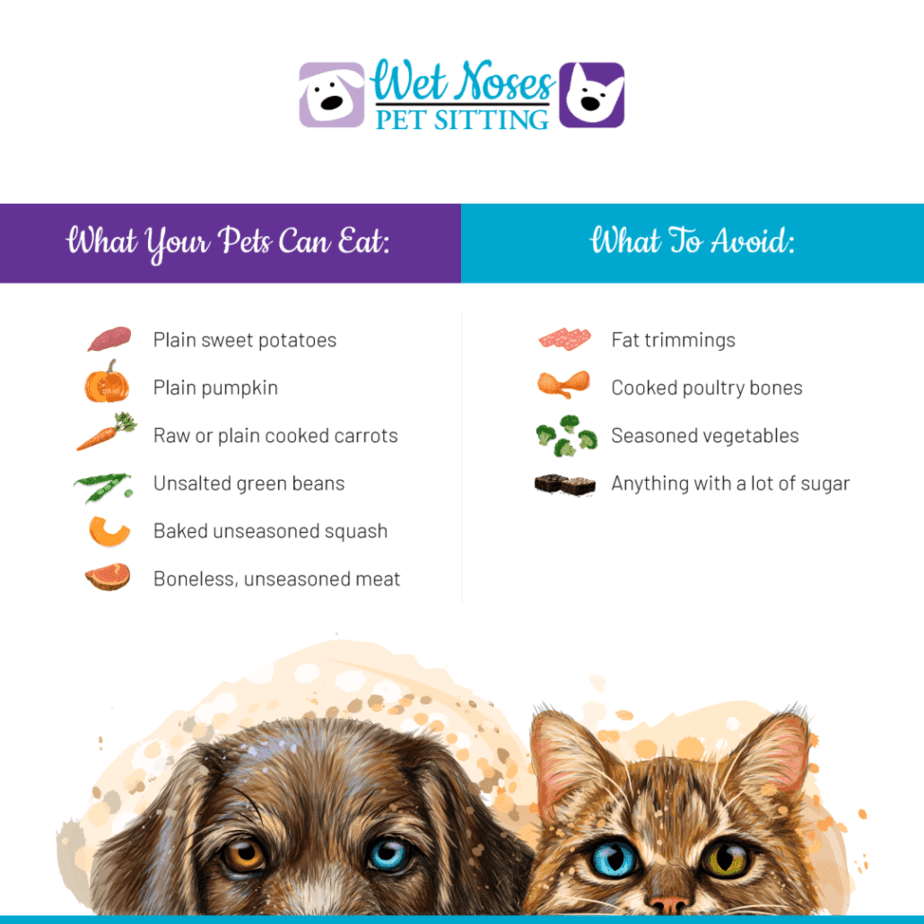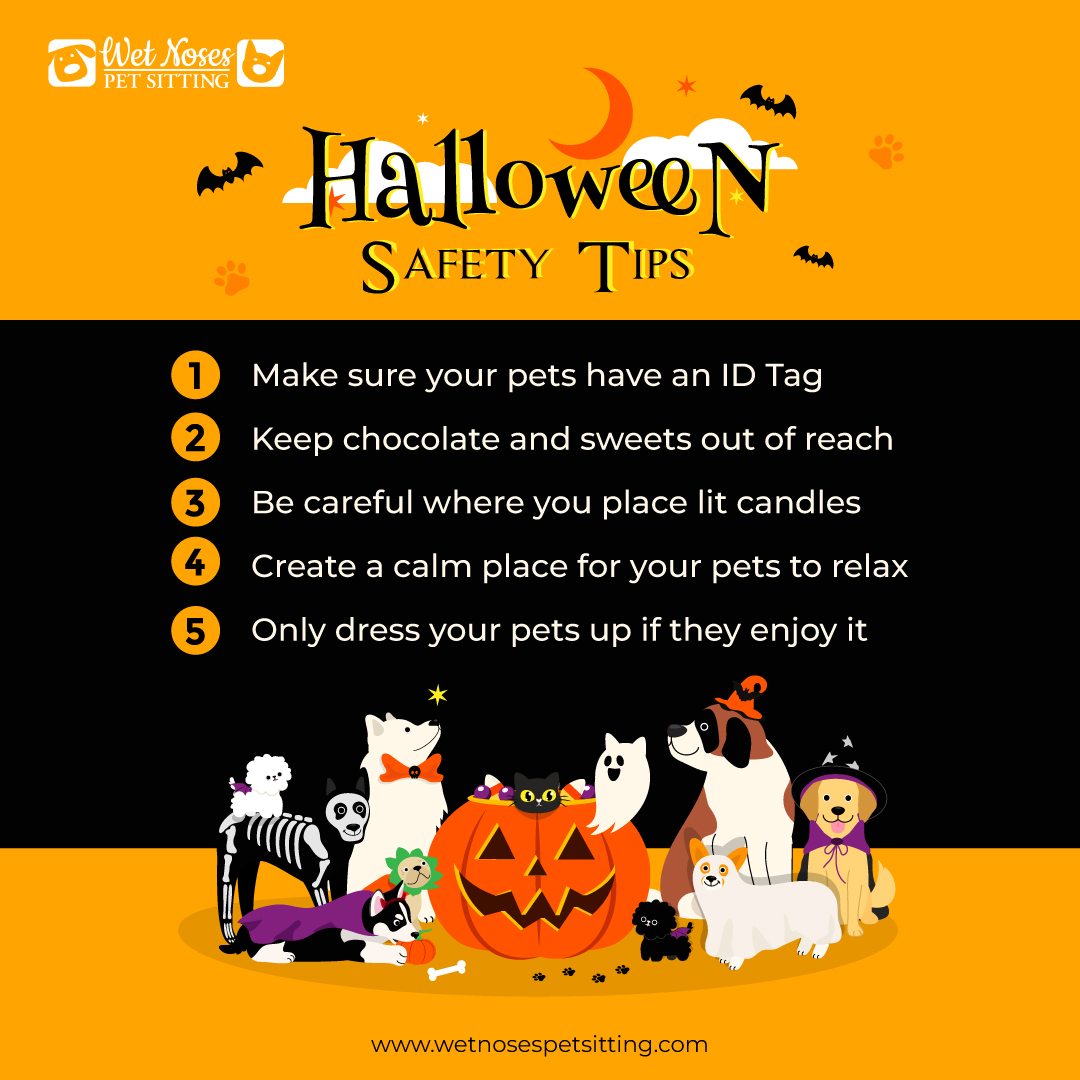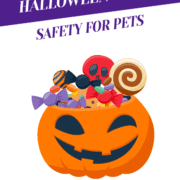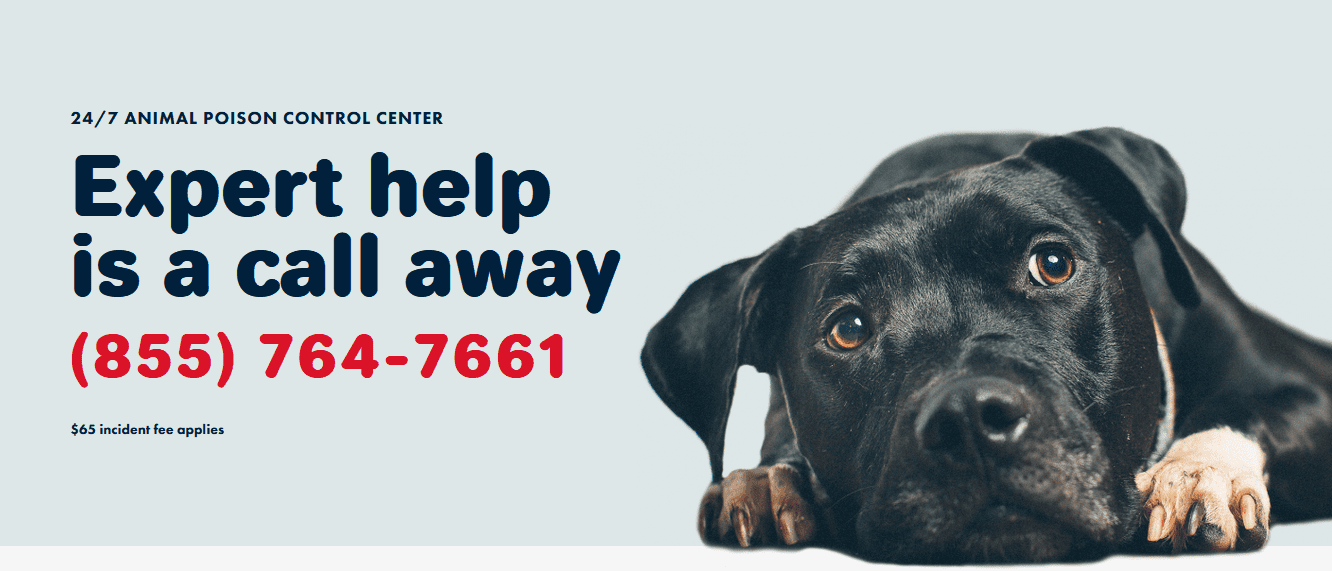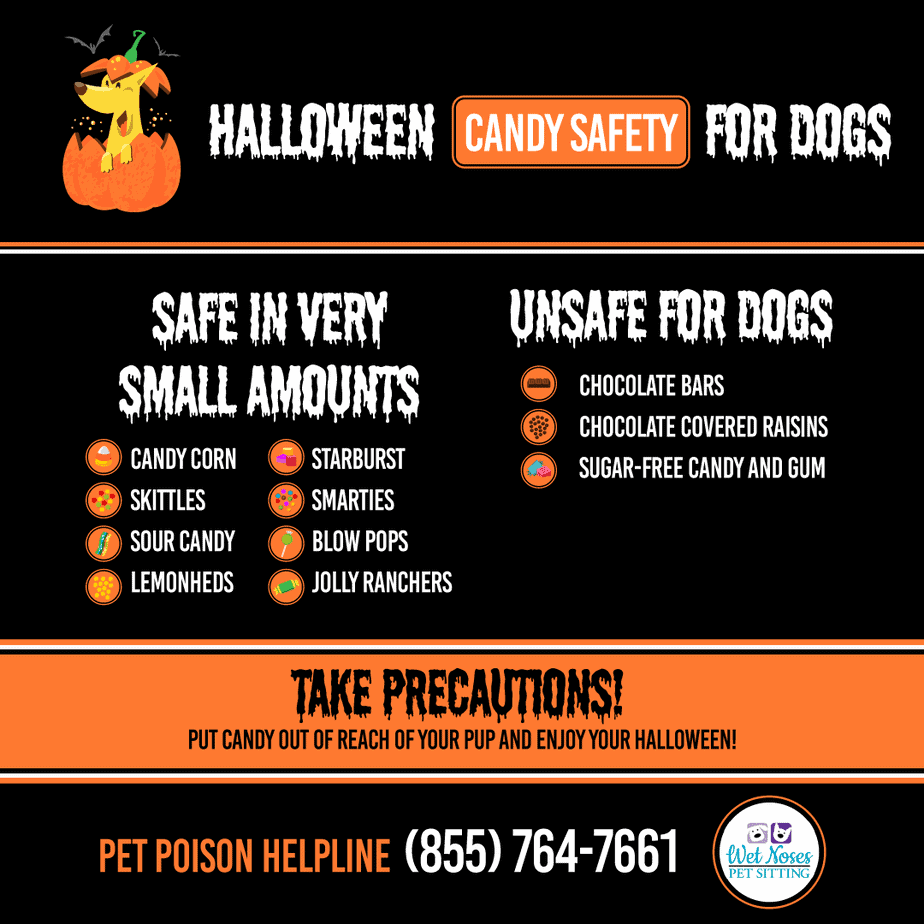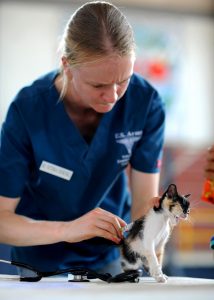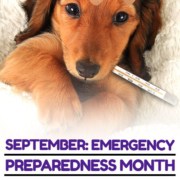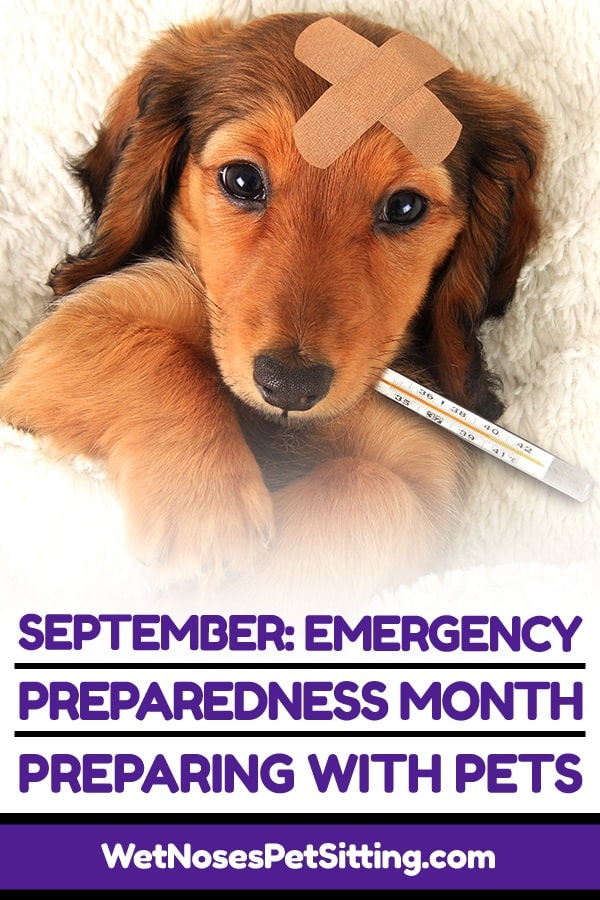How to Train Your Cat to Walk on a Leash
January is National Walk to Your Pet Month. Usually, that brings to mind images of walking your dog on a sunny day. But, what if you were walking with your cat instead? You may baulk at the suggestion, but it’s true! Cats can be trained to walk on a leash and they can also end up loving it.
First off, you’ll want to break them into the idea of a leash and harness easily. Cats are very independent by nature, so it’s best not to force them into too much too quickly. And always make sure to give them lots of praise and pets during all interactions while training. After all, we know how much cats love being praised!

Equipment needed
- Harness and Leash
Make sure you’re using a harness and not just a collar. If they try to run up the collar could choke them or break off. The harness will protect their neck and give you more control for their safety.
- Treats
Get a few healthy treats (a great time for a dental chew treat) to reward them in training. After a while start to eliminate the treats as a reward, but it is a great starting incentive.
Easy Steps To Train Your Cat to Walk on Leash:
Step 1: Introduction
Introduce your cat to the harness and leash. Show it to them and let them sniff it. Then leave it laying around their space before you try it on them. This will help them get familiar with it before they have to put it on. Once you’re ready to try it out, put it on them while giving them praises. If they’re okay with it from the start then let them wear it around for a while. If they are not having any of it then take it off and try again tomorrow. Don’t push them. After a successful wear, give them a little treat.
Step 2: Indoor Practice
After they are used to the harness, it’s time to try the leash. Put it on and gently lead them around the house. You will know when they are fed up when they refuse to stand or move or when their tail switches or they flatten their ears. Put down treats in a line (think Hansel & Gretel) to get them to move forward. Walk around to their favorite spots for a little while so they can get acclimated to being tethered.
Step 3: Outside Adventure
Once they are used to the leash and harness indoors it is time to venture outside a little bit. Start in the quietest part of the yard and slowly let them explore the area around the door. Each time try to get them into going a little farther on each walk. Hopefully, within a few days or weeks, they’ll be loving their leash and the great outdoors.
Tips to Keep in Mind
- Always consider your cat’s temperament. Some cats may take to walking much faster than others. Some can be comfortable within a week or two, some can take close to a month.
- Expect a few setbacks. It’s possible that your cat will love a walk one day and the next something is different or scares them and they may freak out.
- Never leave them alone or tethered on the leash.
- Don’t let them climb trees while walking.
It may seem like an impossible task, but it isn’t! Your cat gets all the same benefits of walking as do dogs and ourselves. It’s a great way for them to be stimulated, get exercise and enjoy the sunshine.
Do you ever walk with your cat? Let us know on our Facebook page or in the comments below!


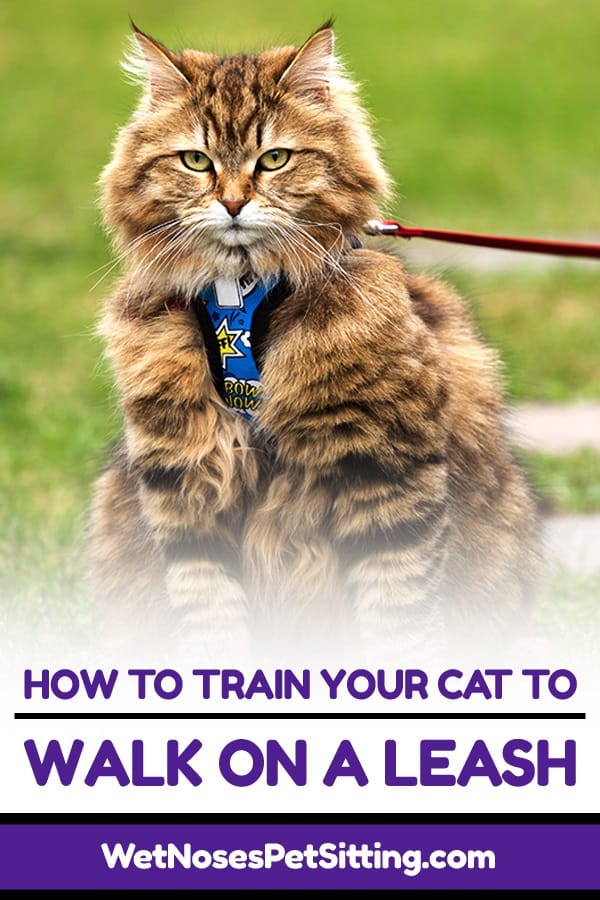
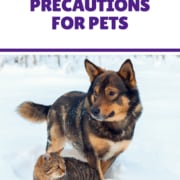
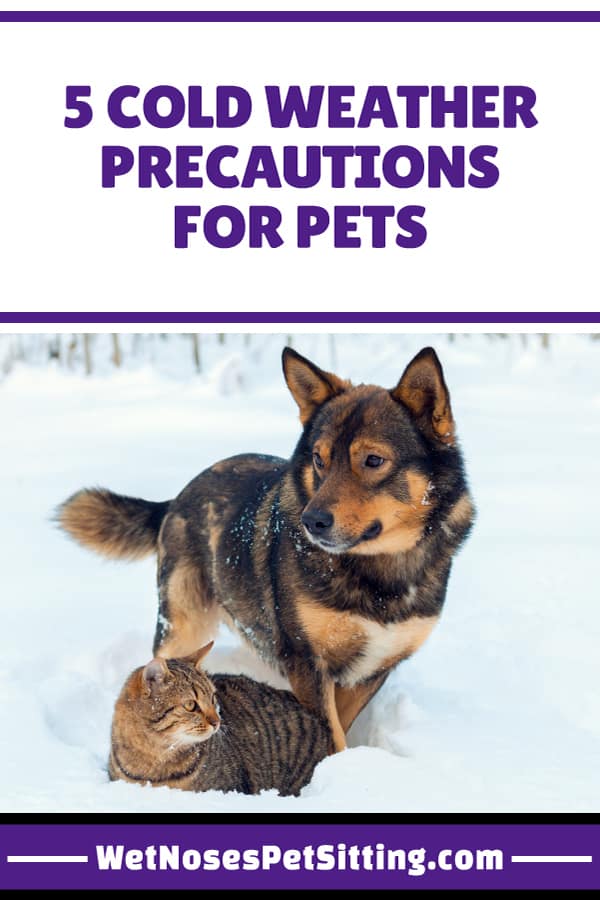
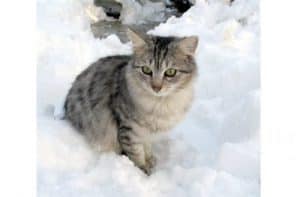 Please, take a moment to read some tips for cold weather precautions and how to keep your pet safe and warm this winter season:
Please, take a moment to read some tips for cold weather precautions and how to keep your pet safe and warm this winter season: